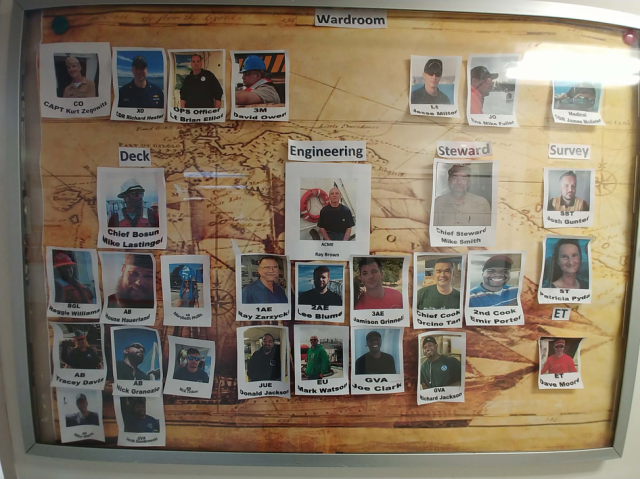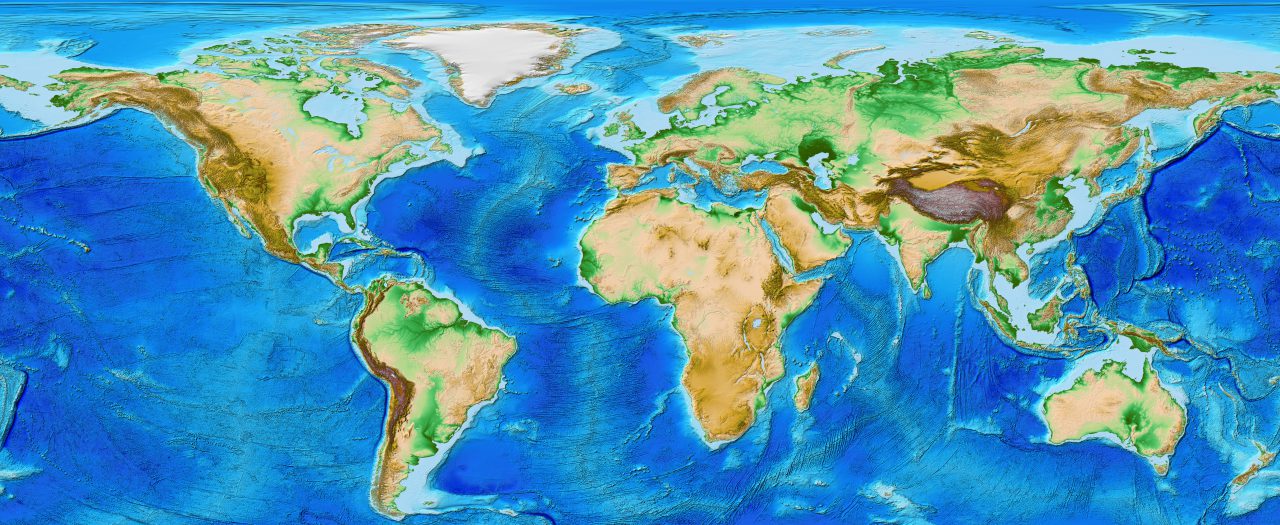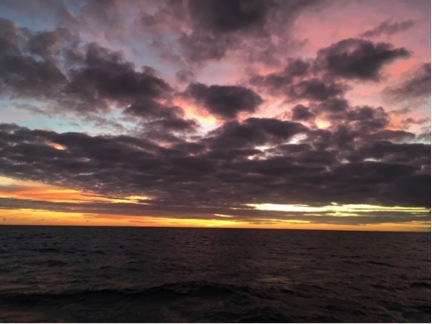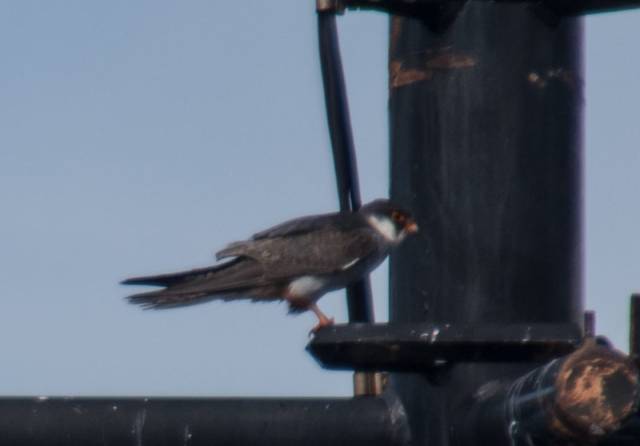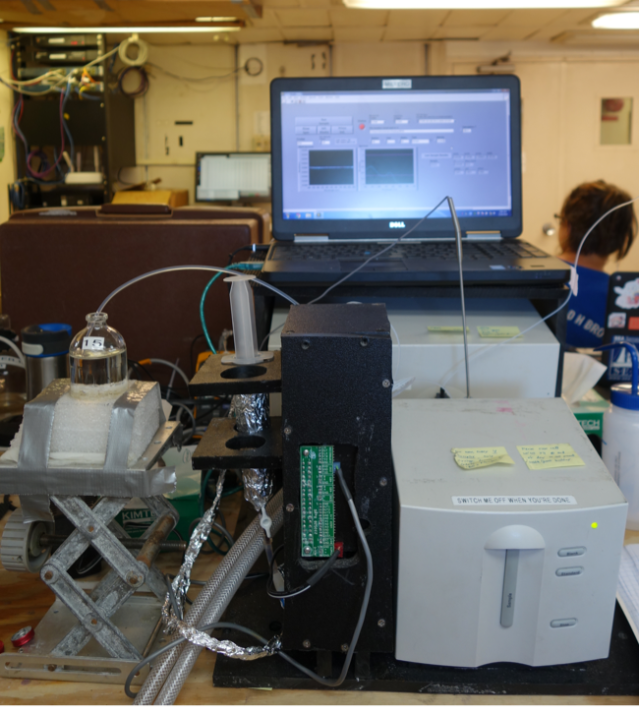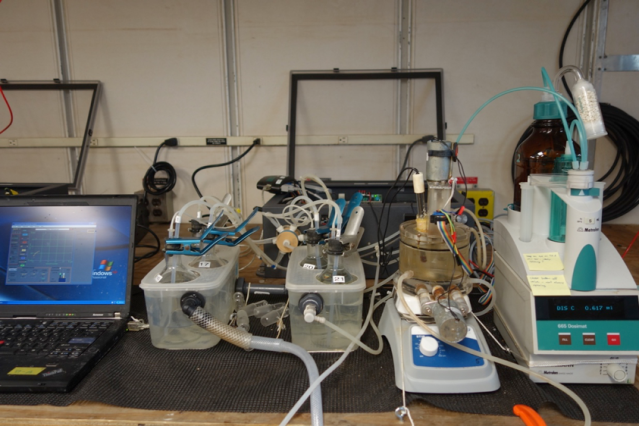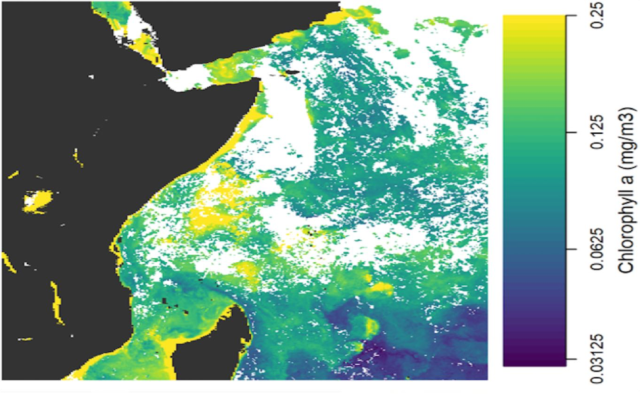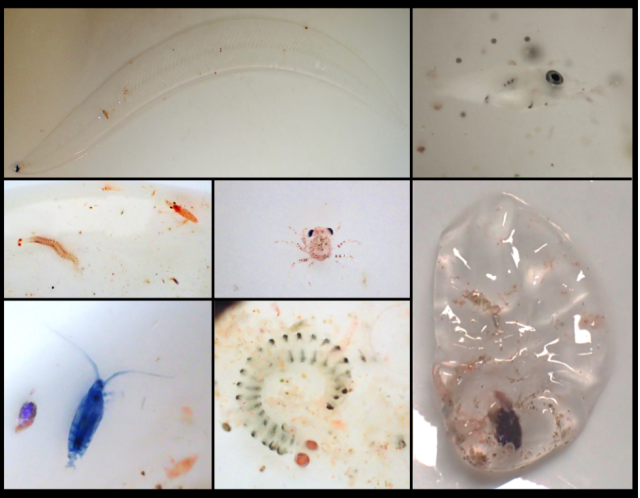Author: Denis Volkov
We are completing our cruise. Soon we will reach the 18oN latitude in the Arabian Sea, do our last 124th CTD cast, and then head directly to Goa. If you have been following us throughout this journey across the western Indian Ocean from South Africa to India, by now you have learned how oceanographers strive to get data from the depth of the ocean. But this post is about those, who have stayed behind the scenes so far, but who have worked very hard to make our research cruise possible.
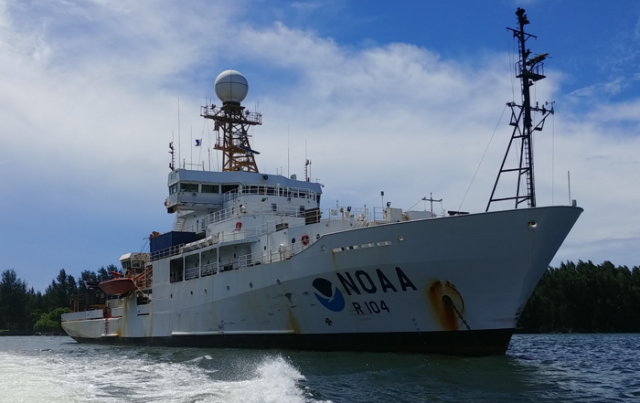
As the chief scientist of the I07N expedition, and on behalf of all scientists onboard, I would like to thank the crew of the NOAA Ship “Ronald H. Brown” for their professionalism and dedication, for paying close attention to safety and the needs of the science team, and for trying to quickly resolve problems that inevitably emerge during any oceanographic cruise.
Many thanks to NOAA Corps officers for safely driving the ship across the Indian Ocean and Arabian Sea. I very much enjoyed our daily briefings and collaboration throughout the cruise.
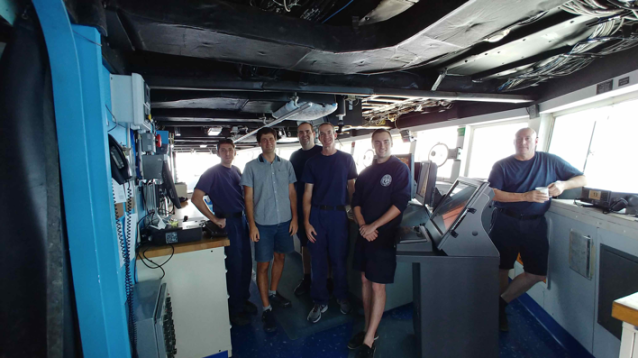
To start a CTD cast, officers on the bridge need to navigate the ship to the required location and try to keep the ship at that location. They need to account for winds, currents, and waves, and make sure that the cable with instruments in the water does not go under the ship’s hull, which may lead to the loss of the entire (and very costly!) instrument package.
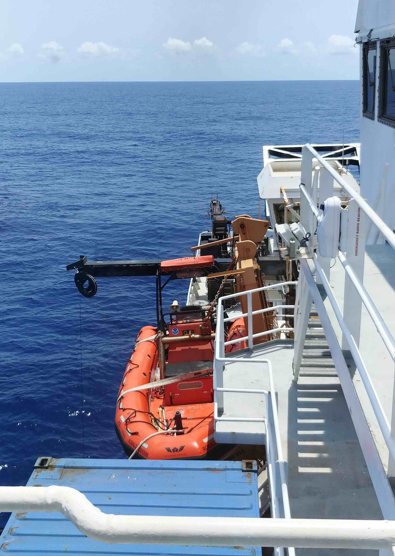
Many thanks to survey technicians onboard the Brown and the deck personnel.
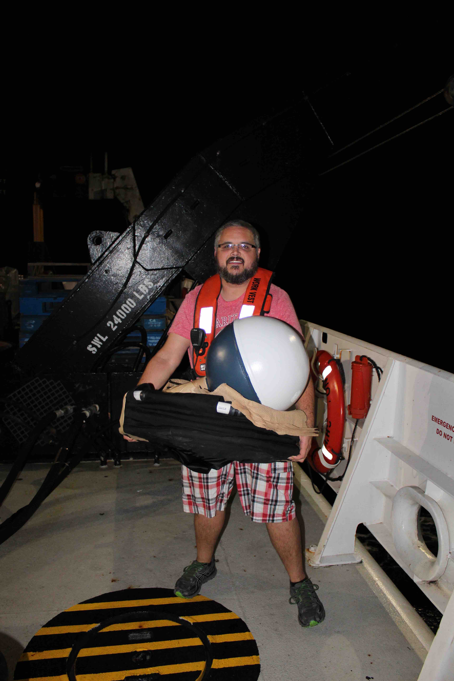
Of course, it is difficult to underestimate the hard work of winch operators. The winch operators have to spend hours, long boring hours, no matter day or night, staying vigilant and following the instructions of a CTD watch stander: “Winch down”, “Winch up”, “Winch stand-by”, “Winch stop”, “Winch up” and so forth… (you can read an earlier blog post by Yash Meghare about this).
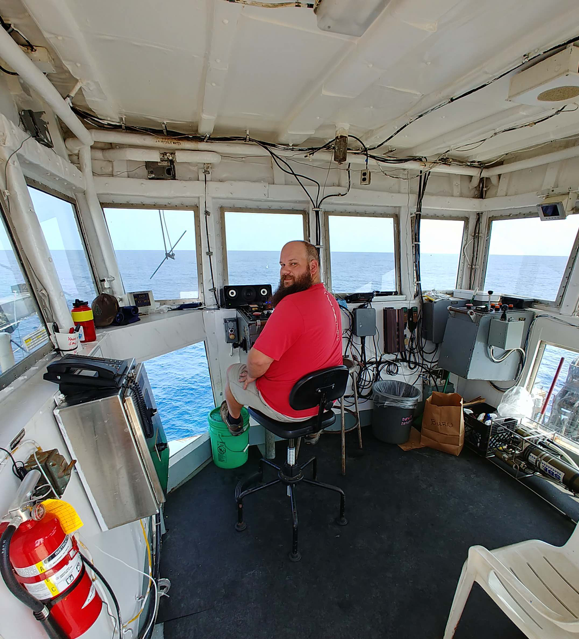
Special thanks to the galley personnel. To cook for 60 people onboard and then wash dishes is a very hard job, especially on a moving ship no matter what the sea state is. We are all grateful for delicious dishes that made the time spent in the galley as one of the most enjoyable part of the cruise (scales do not work at sea, do they? 🙂 )
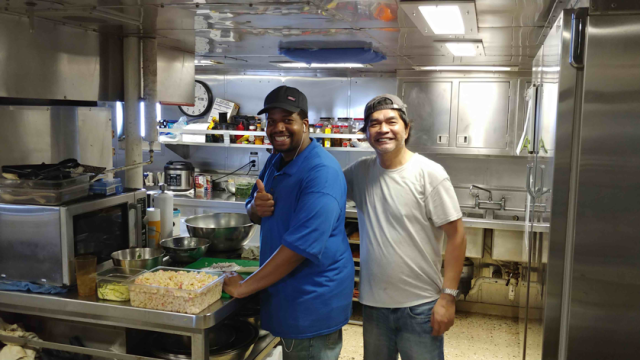
And then there are very important others. Perhaps, you would not see some of them very often, because they are on duty somewhere downstairs in the engine room, but it is largely thanks to them that the ship successfully crossed the entire Indian Ocean. If there is a technical problem that hinders science operations, it’s again them who will come and fix everything. For example, we had an air circulation issue in one of the laboratories that was causing warmer temperatures in one corner where temperature sensitive equipment was placed. Guess what? A little bit of imagination – the chief engineer’s know-how – the air flow was directed to the right place and everything was back to normal again! 🙂
Thank you all! Your hard work is very much appreciated.
